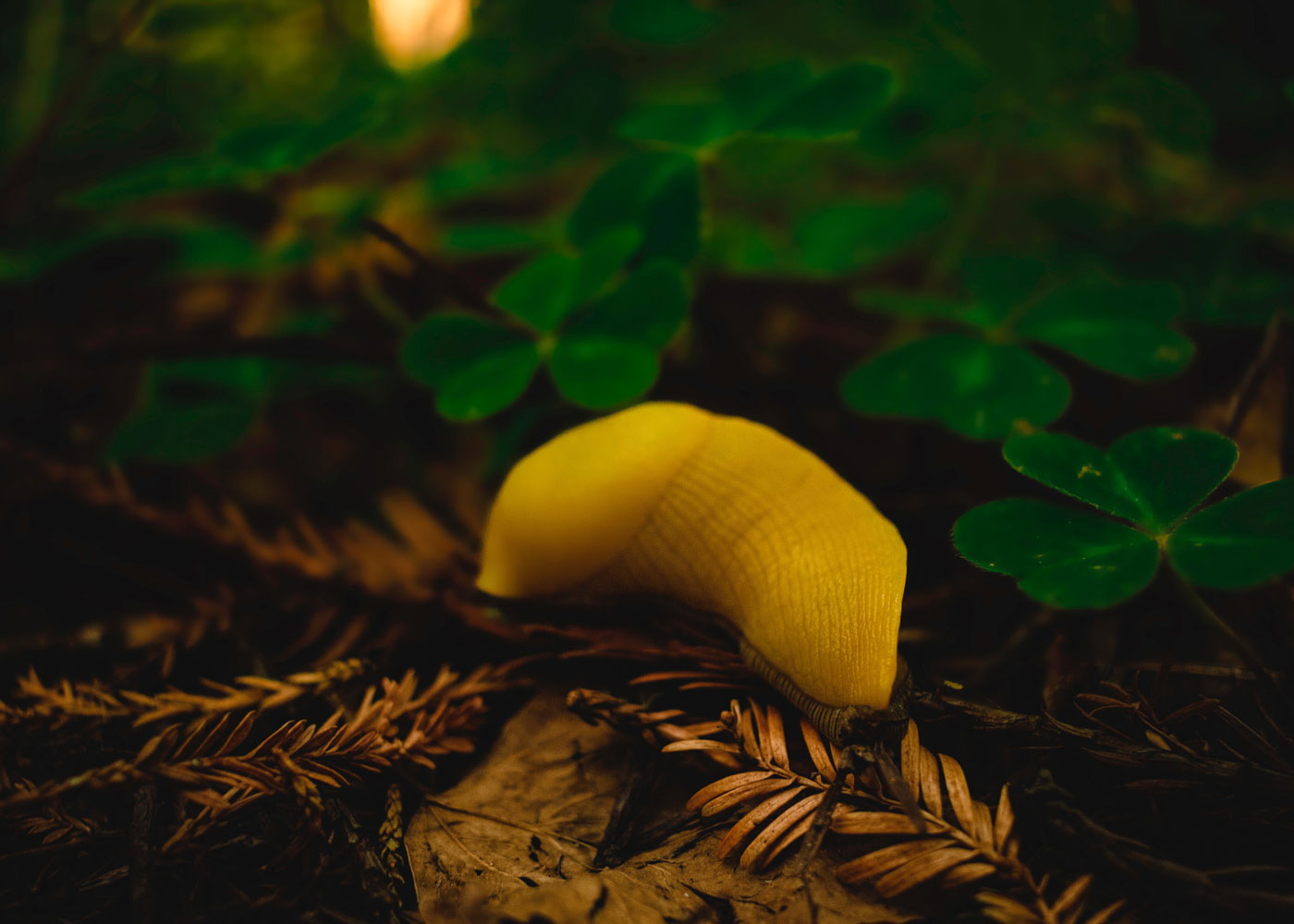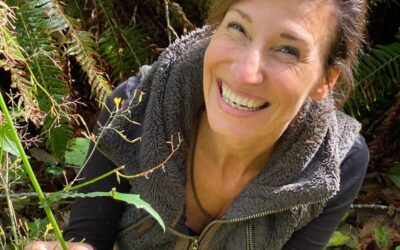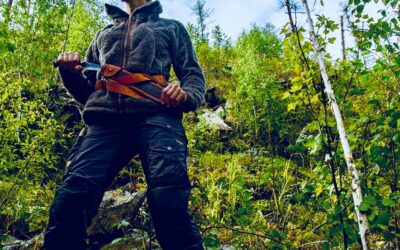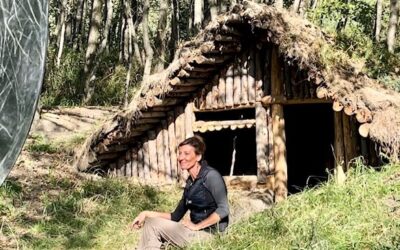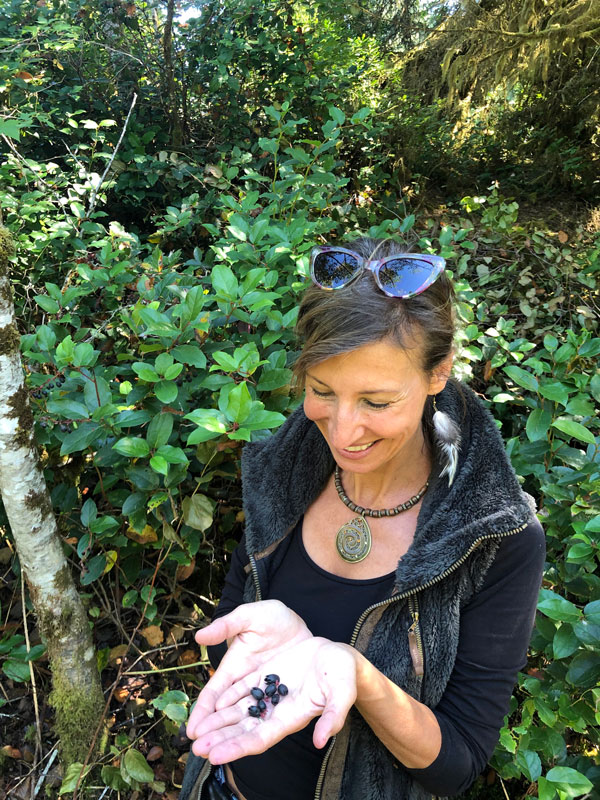
It can be especially difficult to establish if flora is safe to eat. Many times two species will look similar, but one will be edible while the other is poisonous. Yarrow is one such example. The flowering plant has a wide-range of medicinal benefits, but it also resembles the highly toxic water hemlock. A potentially life-saving rule of thumb: if you aren’t absolutely sure about a plant or creature, don’t eat it.
The most important is that before consuming any wild plant, make absolutely certain it is not poisonous. If you are the least bit unsure, consult a reputable expert. This is crucial, especially with wild mushrooms. I recommend you find an experienced mentor if you’re just starting out. A good field guide is also necessary as it will help you to properly identify and learn about new plants. And make sure to educate yourself about the dangerous species native to your area before heading into the wild to forage. – Discover the Joy of Wild Foods, Foraging, and DIY Spore Prints
Most insects are safe, but some other species are not. Here’s how to know the difference.
In a survival situation it’s also crucial to know that while most insects are safe to eat, many similar types are not. Insects have a three-part body, an exoskeleton, six legs, and a single pair of antennae. Spiders, ticks, and scorpions fall into the arachnid classification and have eight legs. Creatures with many legs—like centipedes and millipedes—are called myriapoda. Only insects are considered edible and safe (some scorpions and spiders are indeed edible but best to learn which ones before adding them to your dinner menu :-)).
Focus on crunchy bugs with exoskeletons, think: ants, crickets, termites, grasshoppers. Cooked snails, slugs, and earthworms are also fair game. In fact, roasting banana slugs over the fire was one of my favorite foods while on Alone. As I told Jay Bennett in his article, Everything You Need to Know About Foraging for Food in the Wild:
People think banana slugs are strange to eat because they are so slimy, but I would just stick a stick through them and hold them over my fire until all of the slime fell off, and then they were delicious, as long as you take the guts out.
Generally, if it is hairy, brightly colored, or has more than six legs, you should steer clear of it. These are nature’s warning signs that there is a good chance it is poisonous. Cooking your food is also ideal as it kills off parasites and makes it easier to digest, which helps to save caloric expenditure—a very important consideration when out in the wild for extended periods of time.
Marine life can be a game changer
Marine life is another valuable source of protein and calories. While surviving on Vancouver Island, I ate 26 different species, many of which were found throughout the intertidal areas. Marine plants, fish, limpets, and clams are usually found in abundance. Isopods, too. These are small crustaceans that thrive in the sea and freshwater. Otherwise known as sea lice, they are about an inch in size and resemble cockroaches. They certainly weren’t my favorite survival food, but they were nutritious and high in calcium.
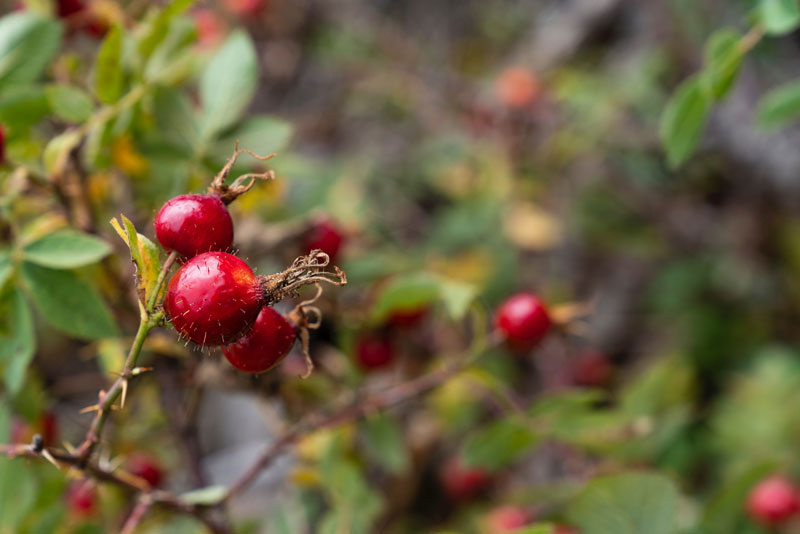
Don’t forget about vitamins
Since some vitamins are water-soluble, it’s important to replenish them each day to avoid becoming depleted while spending days or weeks in the wild. You can drink pine needle tea, which is an excellent source of vitamin C and antioxidants. Rose hips and wild berries will give you a nice boost of Vitamin C. And seaweed is a good source of iodine.
Safety: Only use Eastern White Pine or Noble Fir needles as other types can be toxic—such as English Yew, Norfolk Island Pine, and Yew Pine.
A new guide to foraging food in the wild + recipe
Beyond survival situations, foraging for food in the wild is just plain fun. It brings great joy as it touches something deeply intrinsic within us. Nothing quite compares with even a short stroll into a wild space to collect berries or other foraged fare. This is why I am excited for the release of my upcoming book, The Forager’s Guide to Wild Foods: Edible Plants, Lichens, Mushrooms, and Seaweeds.
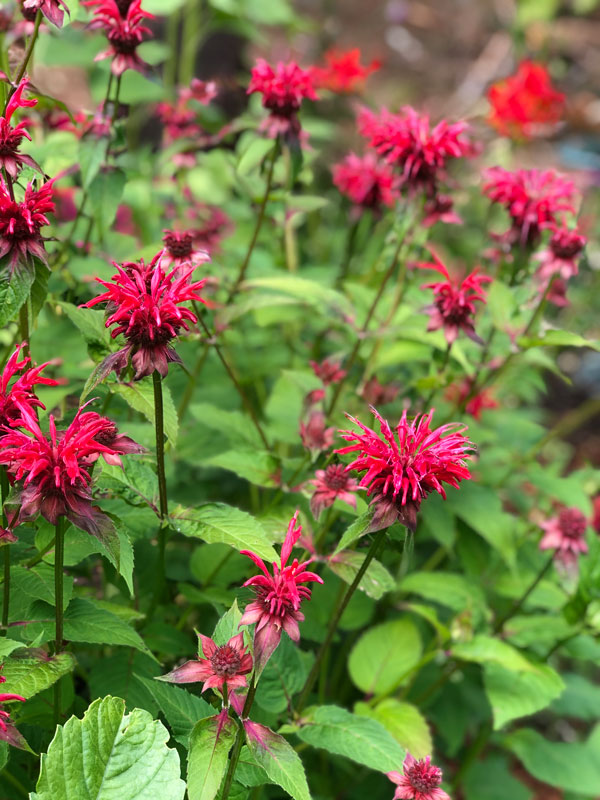
Bee Balm Cake Icing Recipe: Ingredients: ¼ cup of fresh Bee Balm leaves, 5 tsp. butter, ½ cup of icing sugar. Blend the leaves until a paste has formed. Melt the butter, then add the icing sugar and ee Balm paste. Mix until smooth. It is delicious spread onto cakes and muffins.
Nicole Apelian

